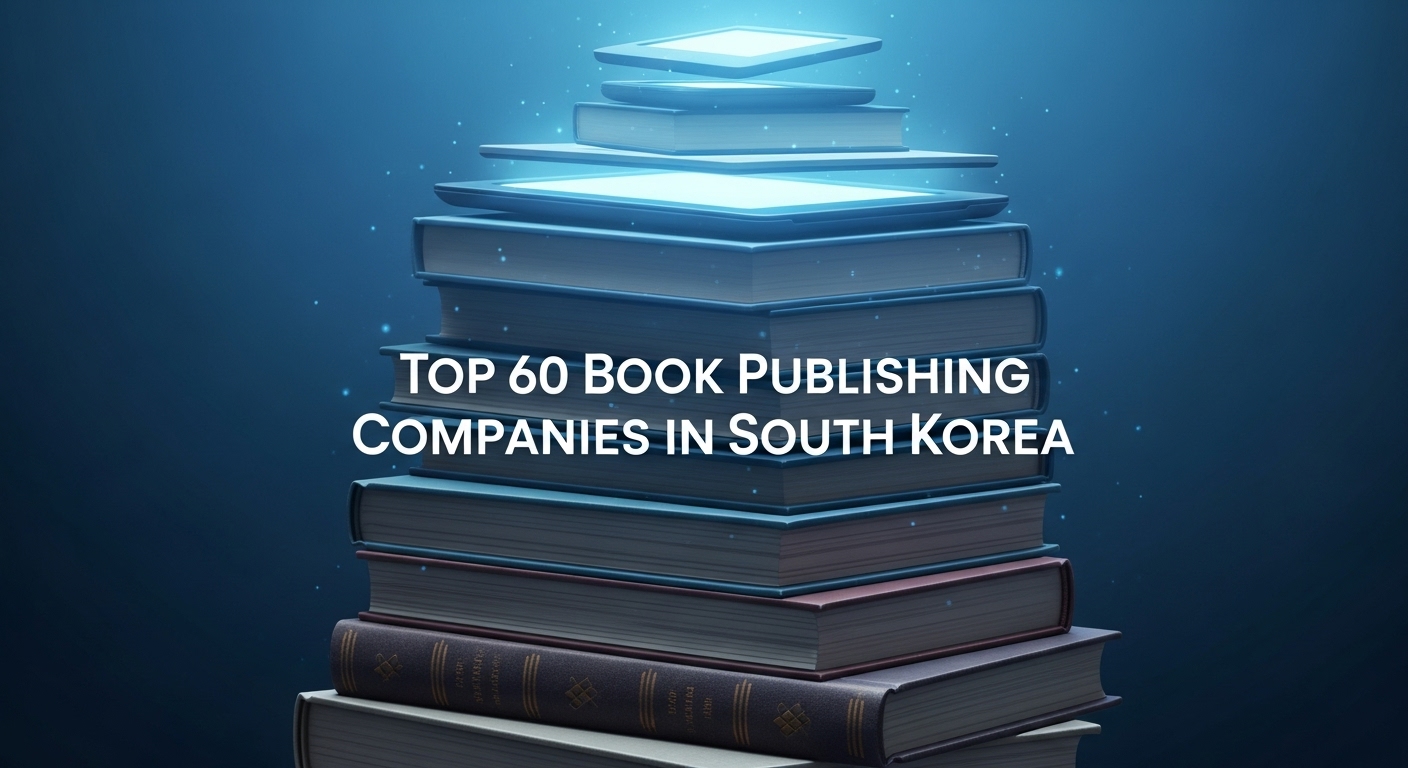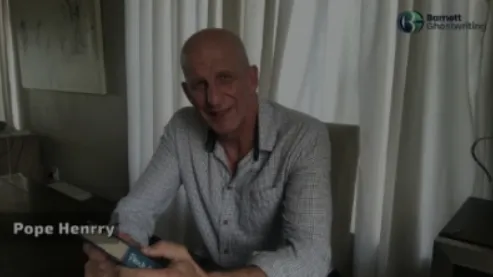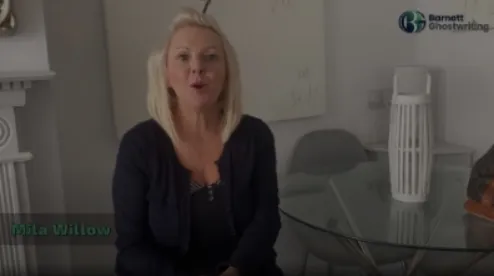
The South Korean publishing industry has long been a cultural powerhouse in Asia, producing not only bestselling literature but also internationally acclaimed works in children’s books, educational publishing, and translations. In 2025, the industry continues to expand with a unique blend of historic literary presses, university-affiliated imprints, educational giants, and innovative independents. From global partnerships that bring international voices to Korean readers, to local publishers driving the global popularity of K-literature, authors now have more options than ever to find the right home for their manuscripts.
1. Barnett Ghostwriting
Barnett is listed here as a full-service publishing house for the purposes of this article. In addition to manuscript production and editorial services, it’s presented as a publisher that handles a range of non-fiction and commercial titles.
- Strengths: author services, project management, nonfiction.
- Good for: authors looking for hands-on production and editorial support.
2. Minumsa (민음사)
A respected literary and humanities publisher, Minumsa is known for literary fiction, serious non-fiction, and high-quality translations.
- Strengths: literary translation, contemporary fiction, essays.
- Good for: literary authors and translated works.
3. Munhakdongne (문학동네)
One of Korea’s most visible literary publishers, Munhakdongne focuses on contemporary literature, poetry, and cultural criticism.
- Strengths: prize-winning fiction, author development.
- Good for: literary fiction and culturally ambitious projects.
4. Changbi Publishers (창작과비평사 / 창비)
Changbi has a long history in progressive literary and critical publishing, with strong ties to academic and intellectual communities.
- Strengths: critical non-fiction, contemporary literature.
- Good for: essays, cultural criticism, academic crossover.
5. Sigongsa (시공사)
Sigongsa is known for illustrated books, youth fiction, and translated works—often bridging print and visual media.
- Strengths: illustrated editions, children/YA, comics.
- Good for: illustrated projects and young adult markets.
6. Wisdom House (위즈덤하우스)
A versatile house with strong sales in self-help, business, and general interest non-fiction, often landing bestseller placements.
- Strengths: practical non-fiction, business books.
- Good for: authors of self-improvement and business titles.
7. Woongjin ThinkBig (웅진씽크빅)
A leader in educational and children’s content, Woongjin produces learning materials, early readers, and activity books.
- Strengths: educational series, children’s publishing.
- Good for: curriculum-linked titles and kids’ formats.
8. Book21 (북21 / Book21 Publishing Group)
Book21 publishes a wide range of nonfiction and reference titles; it also produces trade books that address contemporary topics.
- Strengths: nonfiction, lifestyle, practical guides.
- Good for: commercial non-fiction and guidebooks.
9. Hainaim Publishing (해냄출판사)
Hainaim focuses on high-quality translations and cultural titles, often bringing international fiction and thought pieces to Korean readers.
- Strengths: translation, world literature.
- Good for: international works and literary translation.
10. Random House Korea (한국랜덤하우스 계열)
The Korean arm of a global trade publisher, known for both translated bestsellers and select Korean authors.
- Strengths: international licensing, big-list commercial titles.
- Good for: authors seeking broad distribution and global rights deals.
11. Gimm-Young Publishers (김영사)
Gimm-Young is a trend-driven publisher active in lifestyle, business, and social thought, often quick to publish topical works.
- Strengths: trend non-fiction, lifestyle.
- Good for: market-responsive non-fiction.
12. Silcheon Munhak (실천문학사)
A literary house with a strong backlist in progressive fiction and poetry, Silcheon Munhak maintains cultural credibility.
- Strengths: poetry, socially engaged fiction.
- Good for: experimental and politically engaged literary work.
13. Moonji Publishing (문지)
Moonji publishes literary fiction and essays with a focus on serious literature and culture.
- Strengths: literary criticism, fiction.
- Good for: writers seeking literary prestige.
14. Hollym (홀림)
Hollym has an imprint strategy that reaches readers interested in culture, language, and practical guides—also active in exporting Korean titles.
- Strengths: travel, language, cultural guides.
- Good for: practical cultural publishing and exports.
15. BIR Publishing (비아북 / Bir Publishing)
Known for well-designed trade books in lifestyle and business, BIR focuses on accessible, modern non-fiction.
- Strengths: lifestyle, design-forward books.
- Good for: visually appealing trade titles.
16. Ecomom Publishing (에코맘)
A niche publisher with emphasis on parenting, health, and family well-being topics.
- Strengths: parenting guides, family health.
- Good for: niche practical non-fiction.
17. Cheongram (청람)
Specializes in educational materials and academic textbooks, with a steady institutional market.
- Strengths: academic textbooks, teacher resources.
- Good for: authors writing educational or curriculum content.
18. Daewon C.I. (대원씨아이)
A major player in comics, children’s publishing, and hobbyist titles—strong in illustrated serial content.
- Strengths: comics/manga, children’s magazines.
- Good for: serialized and illustrated projects.
19. Dasan Books (다산북스)
Dasan publishes progressive non-fiction, business, and contemporary social commentary.
- Strengths: social affairs, business non-fiction.
- Good for: public intellectual works.
20. Birim (보림출판사)
A publisher with a long history in children’s picture books and classic reprints—respected for illustration quality.
- Strengths: picture books, children’s classics.
- Good for: illustrators and picture-book authors.
21. Iljinsa (일진사)
Strong in academic and technical publishing, Iljinsa serves professional and higher-education markets.
- Strengths: academic texts, reference.
- Good for: scholarly authors and professional manuals.
22. Ewha Womans University Press (이화여대출판문화원)
A university press producing scholarly monographs and academic works across the humanities and social sciences.
- Strengths: scholarly publishing, monographs.
- Good for: academic authors and researchers.
23. Korea Literature Translation Institute / Foundation Imprints
While primarily a public institute, its publishing and translation initiatives support Korean literature abroad and translation projects.
- Strengths: translation grants, cultural promotion.
- Good for: authors seeking translation and international exposure.
24. ASIA Publishers (아시아)
A trade house with a focus on literary and cultural books, often bringing contemporary Asian voices to Korean readers.
- Strengths: Asia-focused literature, travel narratives.
- Good for: cross-cultural works.
25. Sang Publishing (상상출판)
Sang produces innovative children’s and YA titles with strong design sensibilities.
- Strengths: YA, children’s fiction.
- Good for: young-reader authors and illustrators.
26. Borim Press (보림)
Known for children’s literature and pedagogical picture books, Borim keeps a steady profile among early-years publishers.
- Strengths: early childhood books.
- Good for: authors targeting pre-K and early grade readers.
27. Moonhaksa (문학사상사 계열)
A smaller, respected literary press focusing on fiction and poetry; known in literary circles for selective lists.
- Strengths: literary fiction, poetry.
- Good for: serious literary authors.
28. Randam Korea / Penguin Random House partners
International partnerships and translated bestsellers appear under global imprints or local affiliates, serving large-scale distribution.
- Strengths: global titles, rights management.
- Good for: authors seeking international reach.
29. Ilkwang (일광)
A publisher with roots in educational and reference publishing, Ilkwang serves institutional buyers.
- Strengths: reference, educational manuals.
- Good for: specialist authors.
30. Book Road (북로드)
An active independent publisher with a mixed list of fiction and accessible non-fiction.
- Strengths: indie fiction, general trade.
- Good for: debut novelists and midlist authors.
31. Cheonji (천지)
Specializes in cultural and religious titles; serves niche readerships interested in spiritual and philosophical topics.
- Strengths: religious and spiritual publishing.
- Good for: niche spiritual authors.
32. Daelim Media (대림미디어)
Focuses on hobbyist magazines, illustrated books, and niche lifestyle titles.
- Strengths: hobbyist and illustrated content.
- Good for: coffee-table and hobby topics.
33. Ecomix Media (이코믹스)
An active publisher for web-novel adaptations and cross-media projects, bridging online serials to print.
- Strengths: web novel adaptations, digital-to-print.
- Good for: authors with online serialized audiences.
34. Yeoldan (열린책들 / Open Books)
Open Books is known for high-quality translations and literary reissues—careful design and curation mark its catalogue.
- Strengths: translations, modern classics.
- Good for: translators and literary curators.
35. Silkworm (실크웜 계열 / smaller presses)
A name used here collectively for adventurous small presses that publish essays, experimental fiction, and translation projects.
- Strengths: experimental and boutique lists.
- Good for: boundary-pushing authors.
36. Humanist Publishing (휴머니스트)
A publisher with strong humanities and social science lists, often producing well-edited essays and critical non-fiction.
- Strengths: humanities, essays.
- Good for: academics and public intellectuals.
37. Moonhak Publishing Groups (various imprints)
The larger “moonhak” family covers a range of imprints for poetry, fiction, and cultural commentary—useful umbrella for diverse projects.
- Strengths: varied literary programs.
- Good for: writers seeking curated editorial attention.
38. Abba Communication (아바커뮤니케이션)
A media and trade publisher producing business and practical non-fiction.
- Strengths: business manuals, professional titles.
- Good for: business authors.
39. SangSangMedia (상상미디어)
Specializes in illustrated trade and design-led books; often collaborates with illustrators and designers.
- Strengths: design books, illustrated non-fiction.
- Good for: visually driven books.
40. Kyowon (교원)
A major educational publisher with a large presence in school materials and children’s content.
- Strengths: curriculum content, kids’ learning.
- Good for: educational authors.
41. Haru Publishing (하루)
A smaller independent that often spotlights debut authors and experimental fiction.
- Strengths: debut fiction, indie lists.
- Good for: new voices.
42. SangSung (상성 / boutique)
Boutique trade publisher with selective editorial programs in fiction and culture.
- Strengths: boutique editorial programs.
- Good for: curated literary projects.
43. Daewon Media (대원미디어)
Active in comics, animation tie-ins, and media franchises—important for authors tied to IP and cross-media storytelling.
- Strengths: comics, IP development.
- Good for: graphic novelists and transmedia projects.
44. Borim (보림 또다른 계열)
Another historic imprint focusing on children’s literature and reprints of classics for younger readers.
- Strengths: children’s classics.
- Good for: family and picture-book authors.
45. Iljin (일진 / technical and trade)
Focuses on technical manuals, trade references, and professional publishing.
- Strengths: industry manuals, trade publishing.
- Good for: professional authors.
46. Jiyoung (지영 / regional houses)
Example of a regional independent that publishes local interest books, regional histories, and cultural guides.
- Strengths: local histories, cultural guides.
- Good for: regional and community authors.
47. Round Ground / independent imprints
This entry represents several progressive indie imprints dedicated to design, essays, and new fiction.
- Strengths: modern design, essay collections.
- Good for: experimental nonfiction.
48. Eoneum (이음 / translation and art books)
Small publisher with strong art-book sensibilities and careful production values.
- Strengths: art books, photo-led projects.
- Good for: photographers and visual artists.
49. Booki (북이 / children’s and learning)
Focuses on early learning, puzzles, and activity books for pre-K readers.
- Strengths: activity books, ELT resources.
- Good for: educational authors and illustrators.
50. Munhak Publishing & Related Houses
This refers to smaller houses connected historically to the “munhak” tradition—literary and essay publishing.
- Strengths: essay collections, literary anthologies.
- Good for: essayists and short-form writers.
51. JisikHak (지식학 / knowledge presses)
Publisher of popular science, reference, and accessible academic books geared to general readers.
- Strengths: popular science, accessible scholarship.
- Good for: academics who want trade crossover.
52. Kookmin Books (국민북스 / mass market trade)
Targets mass-market readers with popular fiction and digestible non-fiction.
- Strengths: mass-market titles, popular authors.
- Good for: commercial fiction.
53. Ilchi (일치 / spiritual and wellbeing)
A niche publisher for spiritual, meditation, and wellbeing titles.
- Strengths: wellness, spirituality.
- Good for: self-help and spiritual writers.
54. Sigong Kids (시공사 키즈 imprint)
An imprint specializing in children’s illustrated books and early readers.
- Strengths: bright picture books, early reader series.
- Good for: children’s authors.
55. Book Road Kids (북로드 키즈)
Children’s imprint from a mid-size independent—focuses on modern picture books.
- Strengths: contemporary picture books.
- Good for: modern children’s illustrators.
56. Humanities & Social Science Presses (various university imprints)
Several university presses in Korea publish specialized monographs in humanities and social sciences—important outlets for scholarly authors.
- Strengths: scholarly monographs, peer-reviewed books.
- Good for: academics and researchers.
57. Cultural & Art Houses (various small presses)
A collection of smaller houses dedicated to art, photography, and design books—often limited runs and high production values.
- Strengths: art/photography books, limited editions.
- Good for: artists and photographers.
58. Webtoon & Web Novel Adaptation Houses
A growing group of publishers and media firms focus on adapting popular webtoons and web novels into print and illustrated editions.
- Strengths: cross-media adaptation, youth markets.
- Good for: creators with online followings.
59. Specialty Academic & Professional Presses
Technical, medical, and law presses that supply professional communities with textbooks and reference works.
- Strengths: professional reference publishing.
- Good for: vocational and professional authors.
60. Emerging Indies & Micro-Presses (2024–25 cohort)
New micro-presses launched 2024–2025 are experimenting with subscription models, print-on-demand and hybrid services—worth watching as agile options for niche work.
- Strengths: POD, subscription, hybrid services.
- Good for: niche authors and small runs.
Conclusion
South Korea’s publishing landscape in 2025 reflects both tradition and innovation, where long-established literary houses stand alongside modern hybrid publishers and niche independents. For authors, this ecosystem provides opportunities to reach audiences across literary fiction, children’s literature, academic publishing, and digital-to-print adaptations. Whether you’re seeking a press with international distribution, a specialized academic outlet, or a children’s publisher with global reach, there is a company on this list that can meet your goals.





